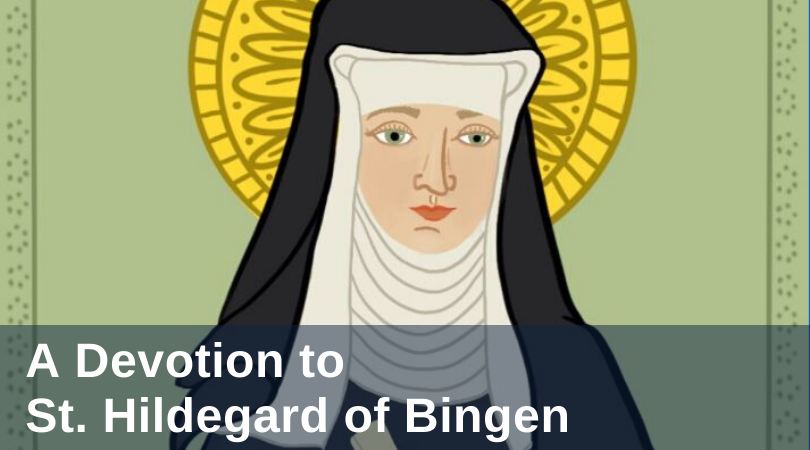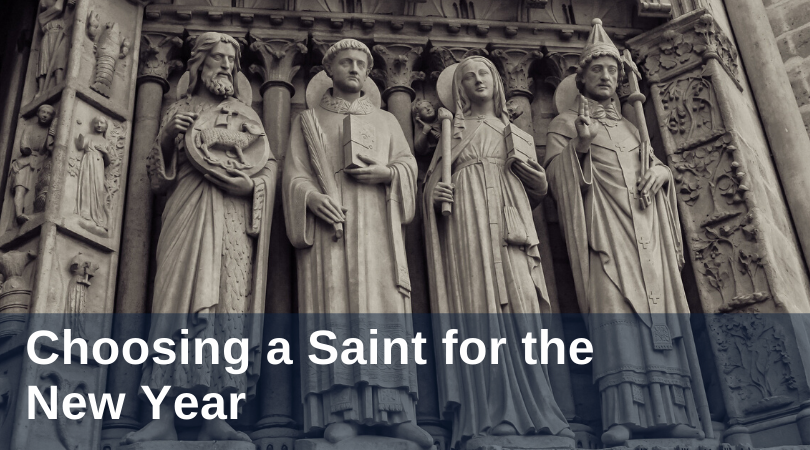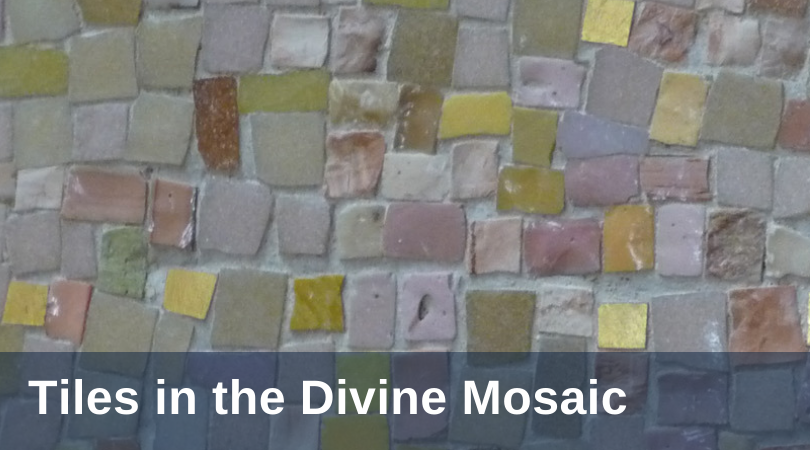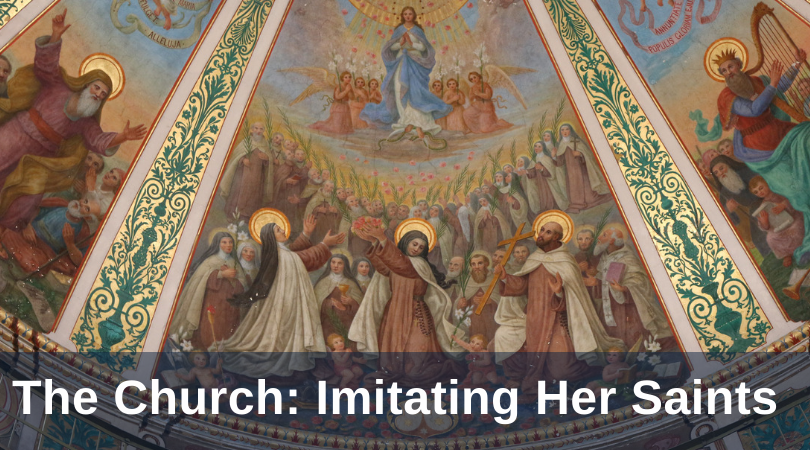Editorial Note: This post is a part of our saint devotion series, in which one of our staff or faculty members explores their relationship with a particular saint. In honor of International Women's Day, we are highlighting female saints this week.
On my desk and bulletin board is a smattering of icons, statues, and a rotating collection of inspiring quotes and prayers. Amid this mish-mash are two images of a woman with whom I’ve had a strange relationship over the past 18 years: St. Hildegard of Bingen. One is a retablo by artist Lynn Garlick; the other, a woodcut by Julie Lonneman.
In the retablo, Hildegard holds a book and a feathered quill and looks up to heaven, where rays of light reach out in response to her gaze, penetrating her inquisitive mind. In the woodcut, Hildegard smiles serenely, eyes closed, as rays of light emanate from her head.
Both images speak to the active contemplation, or contemplative activity, which defined Hildegard’s life. No one who reads even a cursory biography could call her inactive: Hildegard composed music and dramas for her nuns to perform. She wrote poetry, as well as medical treatises offering remedies using plants and herbs. She traveled up and down the Rhine on a preaching tour during the latter years of her life—unheard of for a woman at that time (perhaps for our own time too). Men in power sought her counsel, including royals, clergy, even the Pope.






